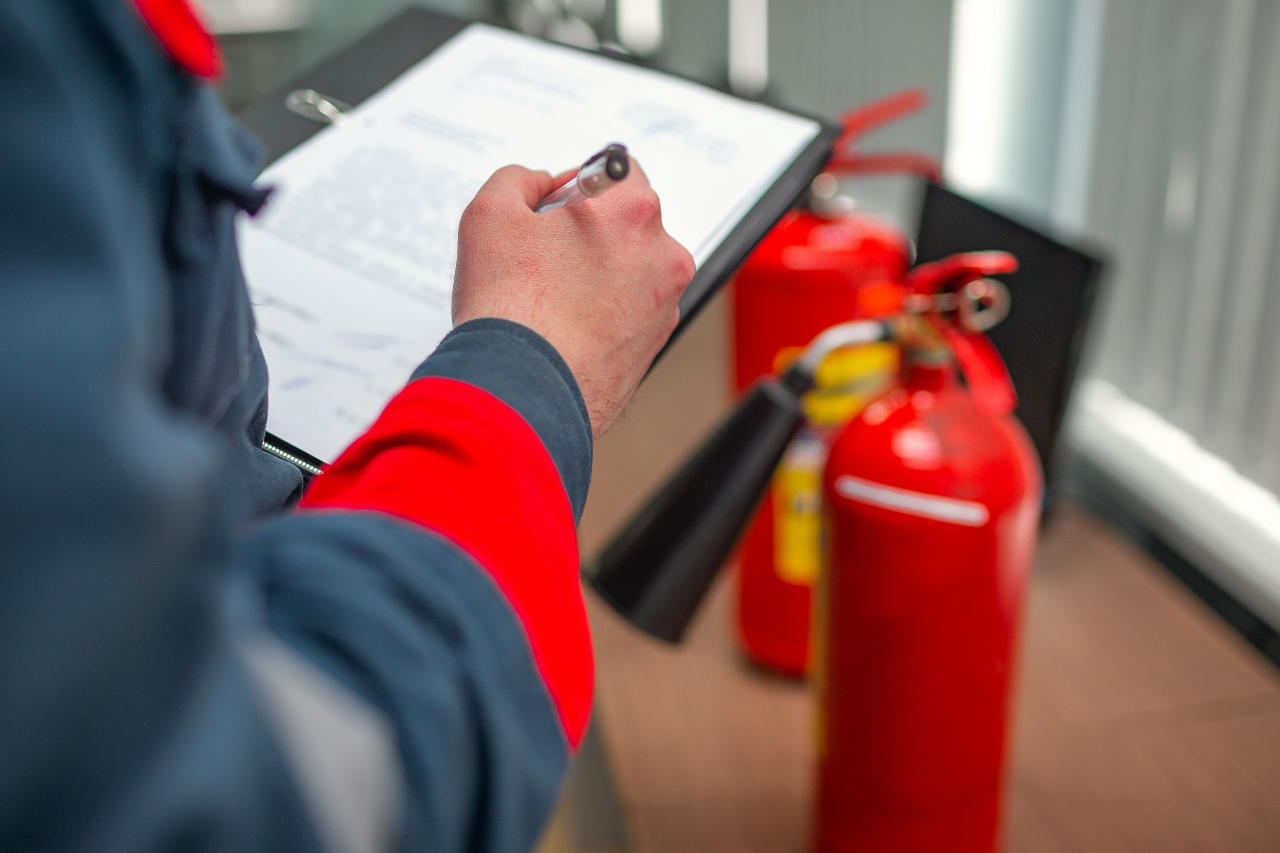
Get access to this webinar today.
This webinar reveals to establish competence in selecting and appointing resources supporting organisational fire safety management strategy.
Topics covered during this webinar include:
- Expert opinions about common definitions of competence and do they apply to fire safety management.
- Exploring the benefits of getting it right and the implications of getting it wrong.
- Hearing about what competence might look like and how to describe it.
- Providing a better understanding for when selecting internal and external fire risk assessors that the selection criteria is the same.
- Hearing how employers, clients and organisations senior and middle management can make the right choices and decisions concerning resourcing and appointing competent people such as the ‘Responsible Person’, Fire Risk Assessors’ and establishing a ‘Fire Risk Management Strategy’.
If you would prefer, you can read the transcript here:
Speakers

Adam Clarke | Managing Director (Consulting) | Praxis42
Adam is Managing Director of Consulting at Praxis42, having started his career as an apprentice in Occupational health & safety nearly 20 years ago. Adam has previously worked as a Health and Safety Consultant, Trainer and Director.
Adam is passionate about improving health & wellbeing, empowering ownership of risk and utilising technology to make compliance simple. Adam works with his clients to understand the organisations challenges and then supports them in understanding their compliance needs, tailoring bespoke solutions to fit.

Nick Coombe MBE Eng Tech FIFireE | NFCC Protection & Business Safety Vice Chair | Building Safety Programme Lead
Nick is the NFCC Protection & Business Safety Vice Chair and Building Safety Programme Lead, and was also named as one of IFSEC Global’s top influencer in fire safety in 2020.
He has 39 years’ service for the London Fire Brigade which has spanned many roles including, Head of Fire Safety Training, Enforcement Manager and Head of Fire Safety Policy. He has helped write DCLG guides and as the Chair of CFOA Enforcement working group helped produce policies and guidance on the RRO to Fire & Rescue Services.
He is a member of the Joint Regulators Group and the newly formed Protection Board and is also a member of the Industry Safety Steering Group led by Dame Judith Hackitt to hold industry to account on the progress of post Grenfell change.





